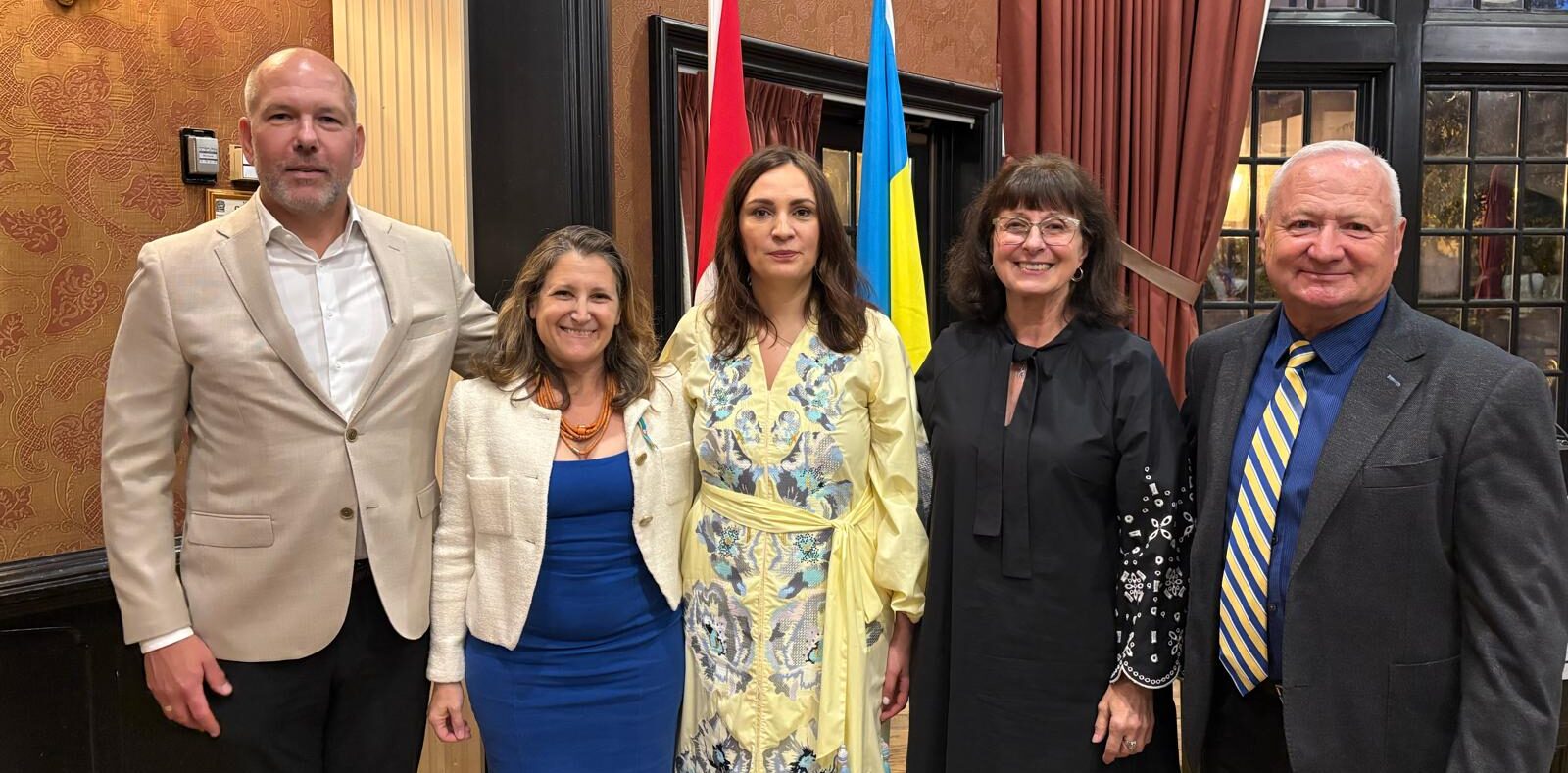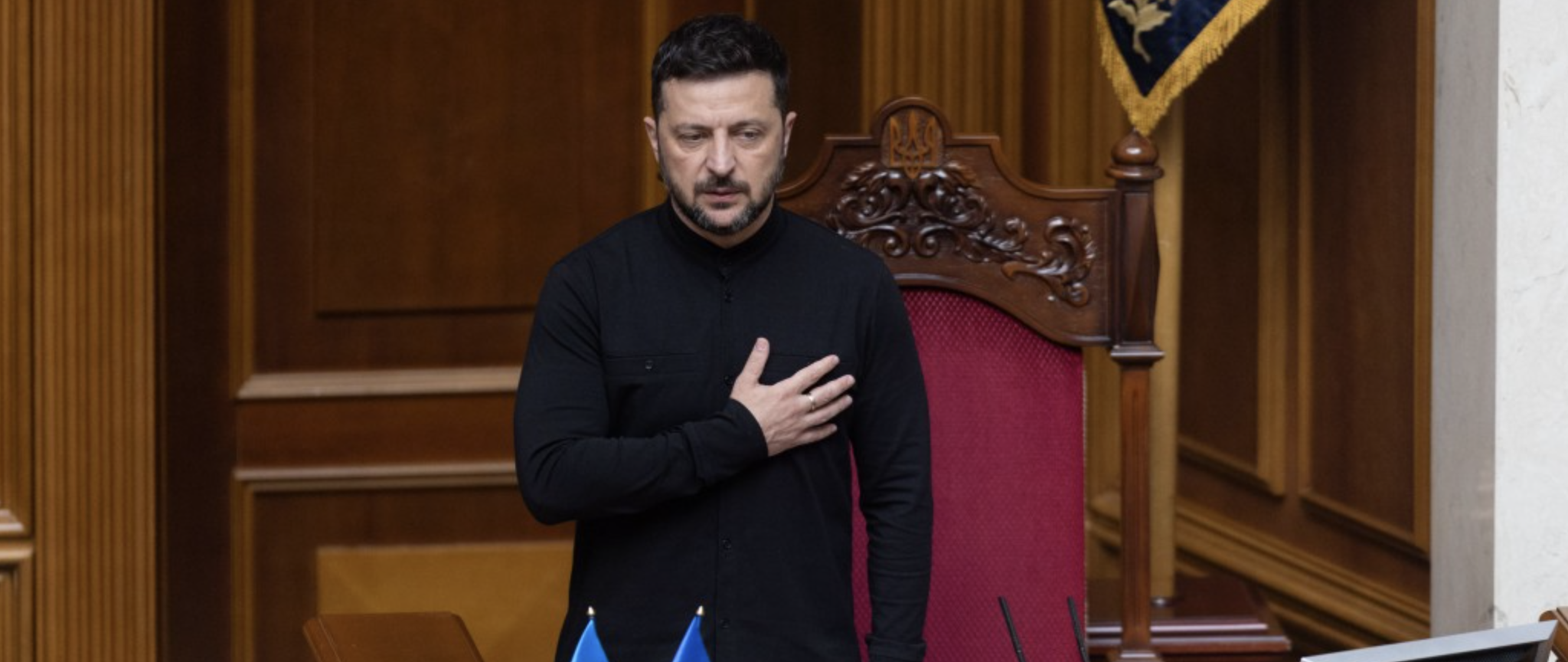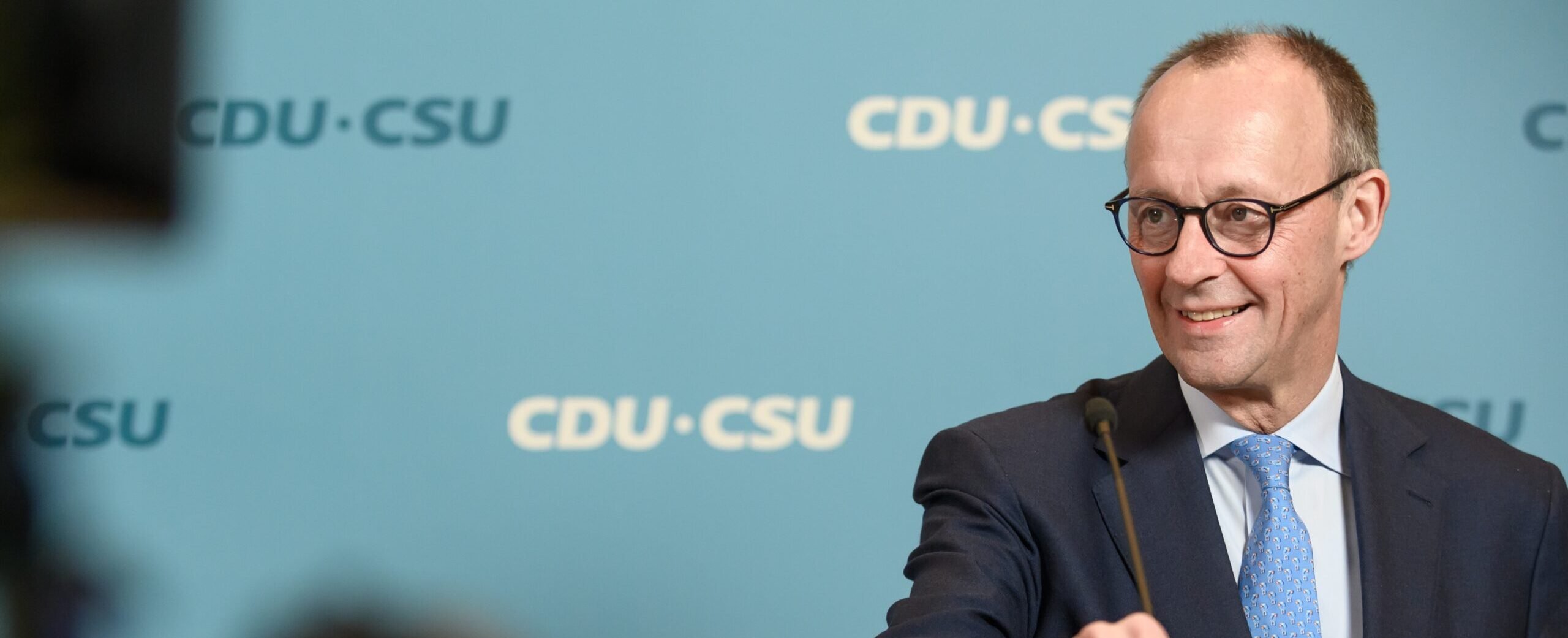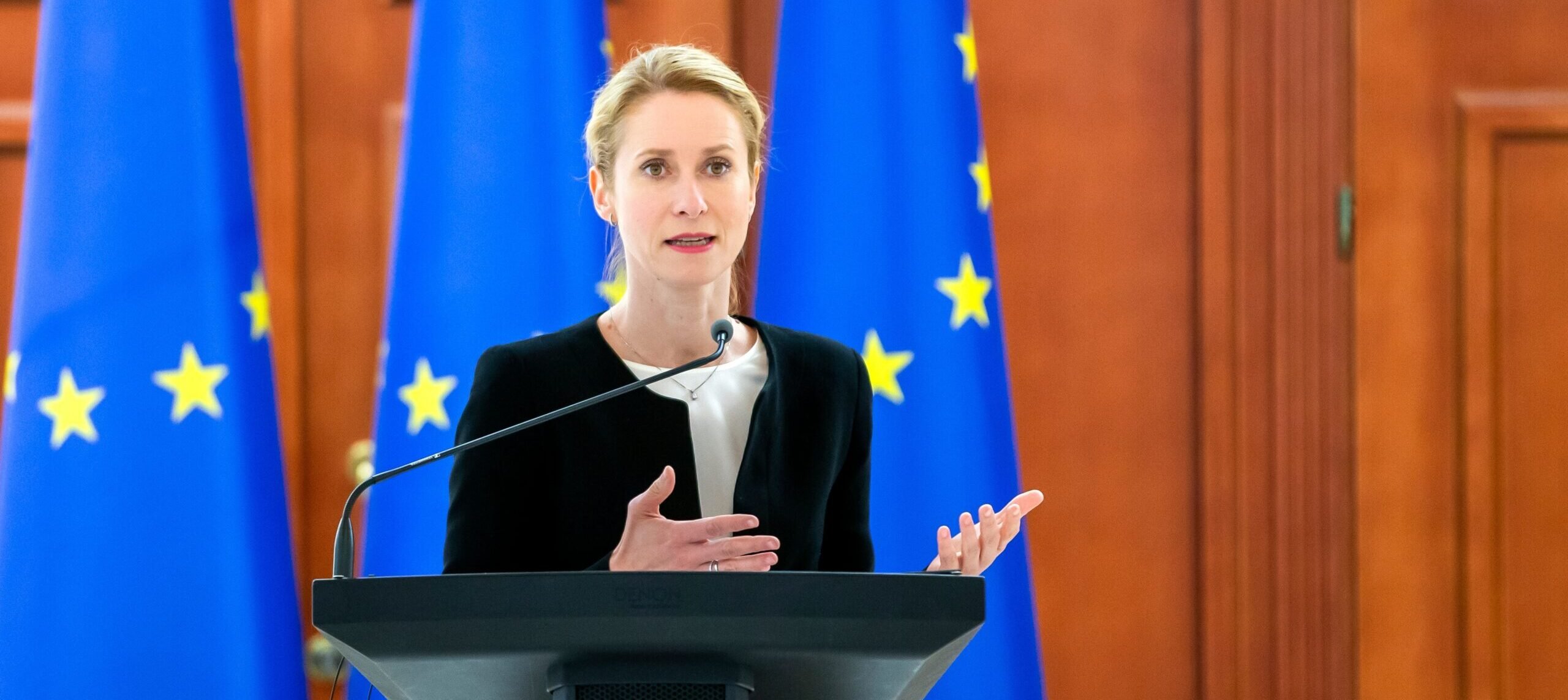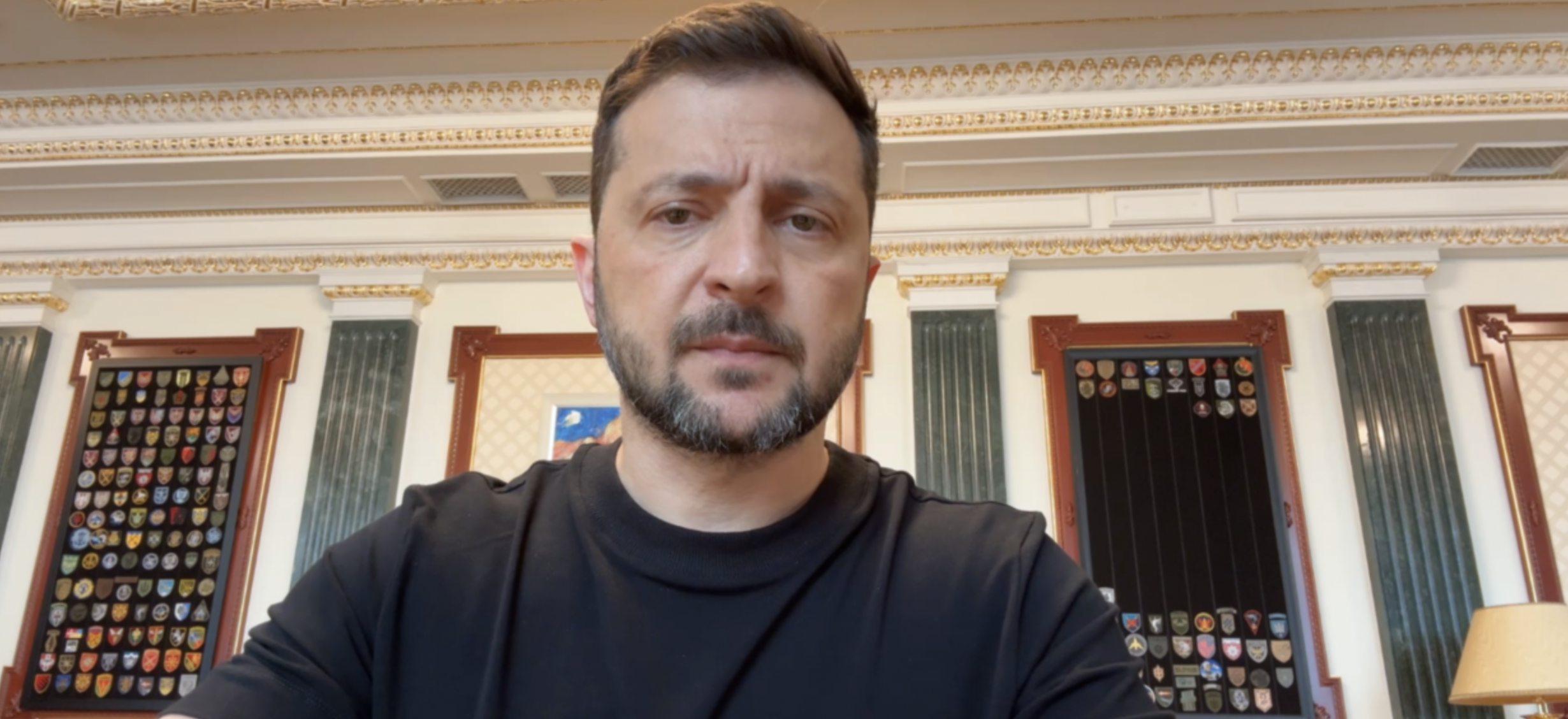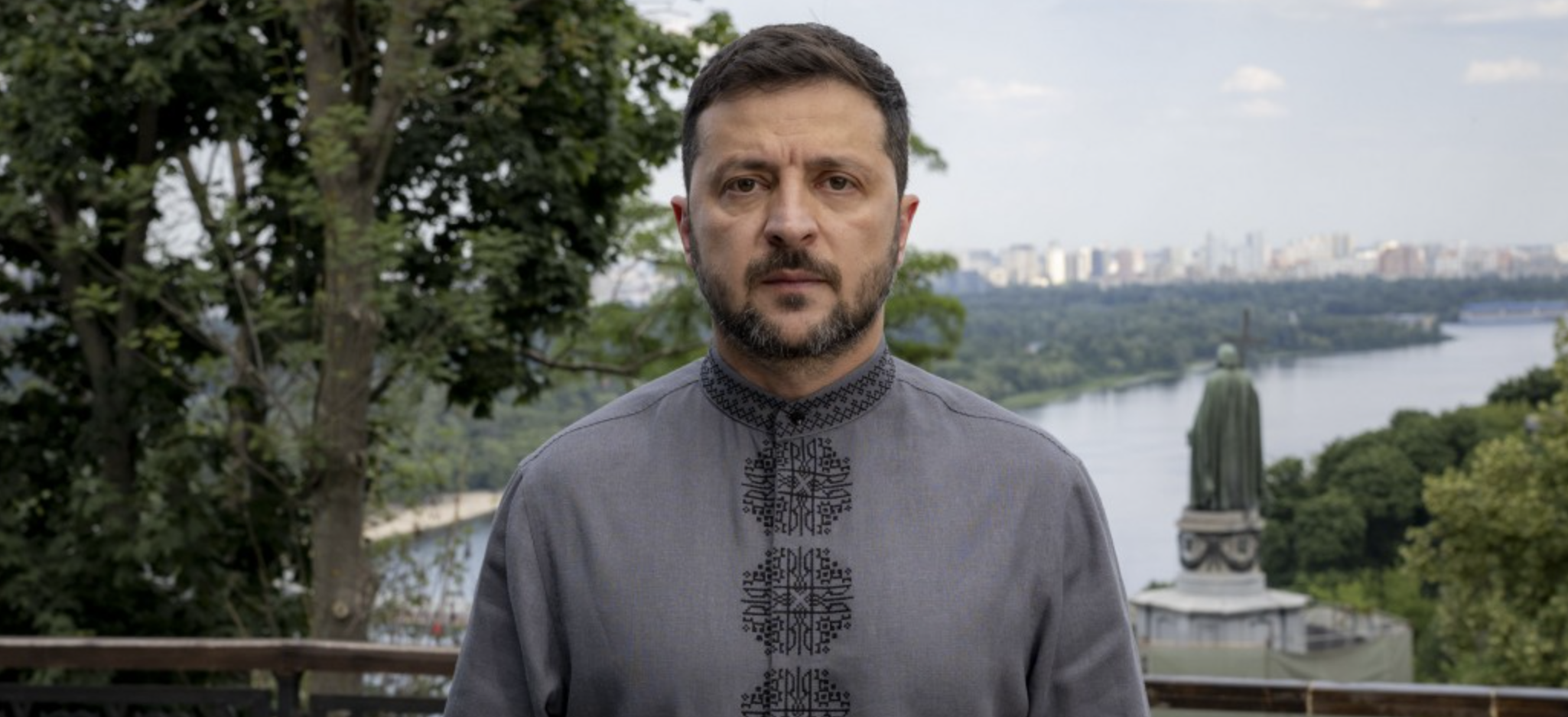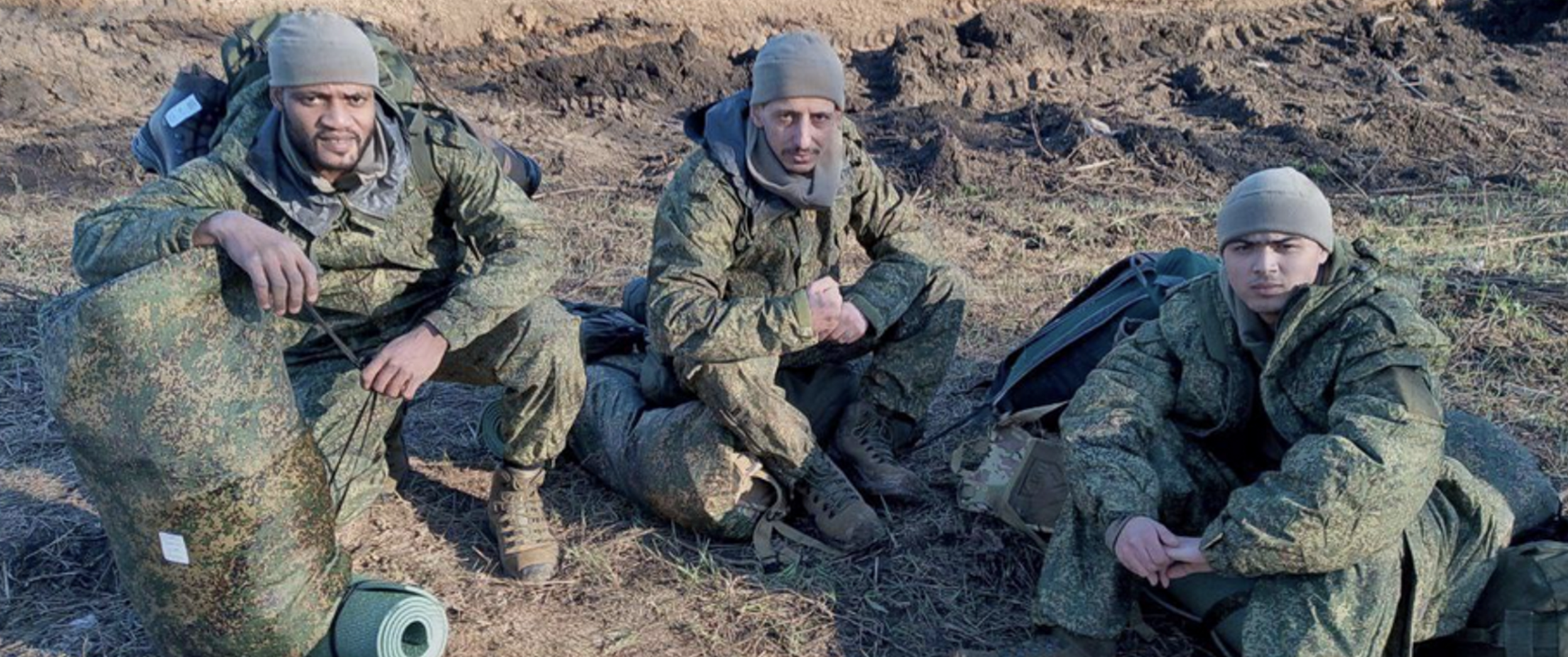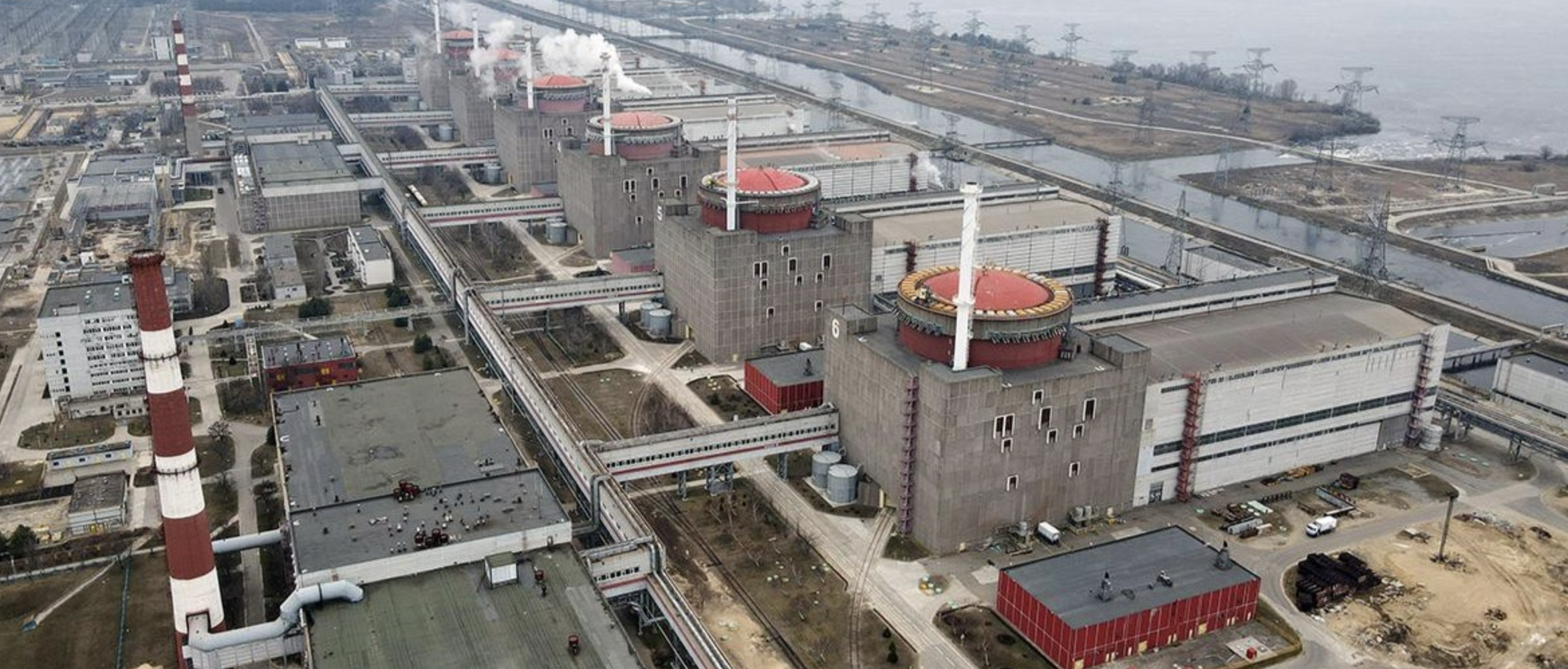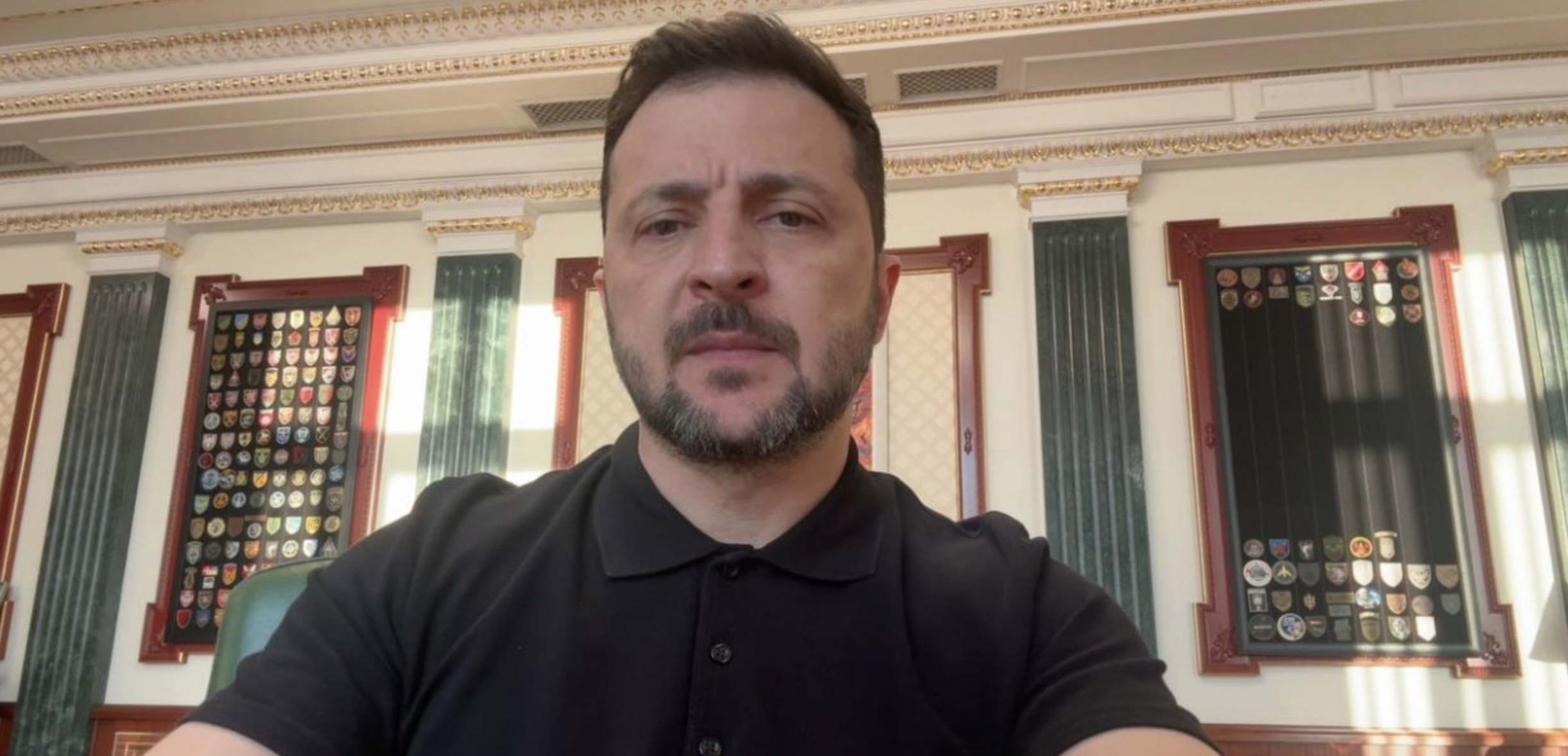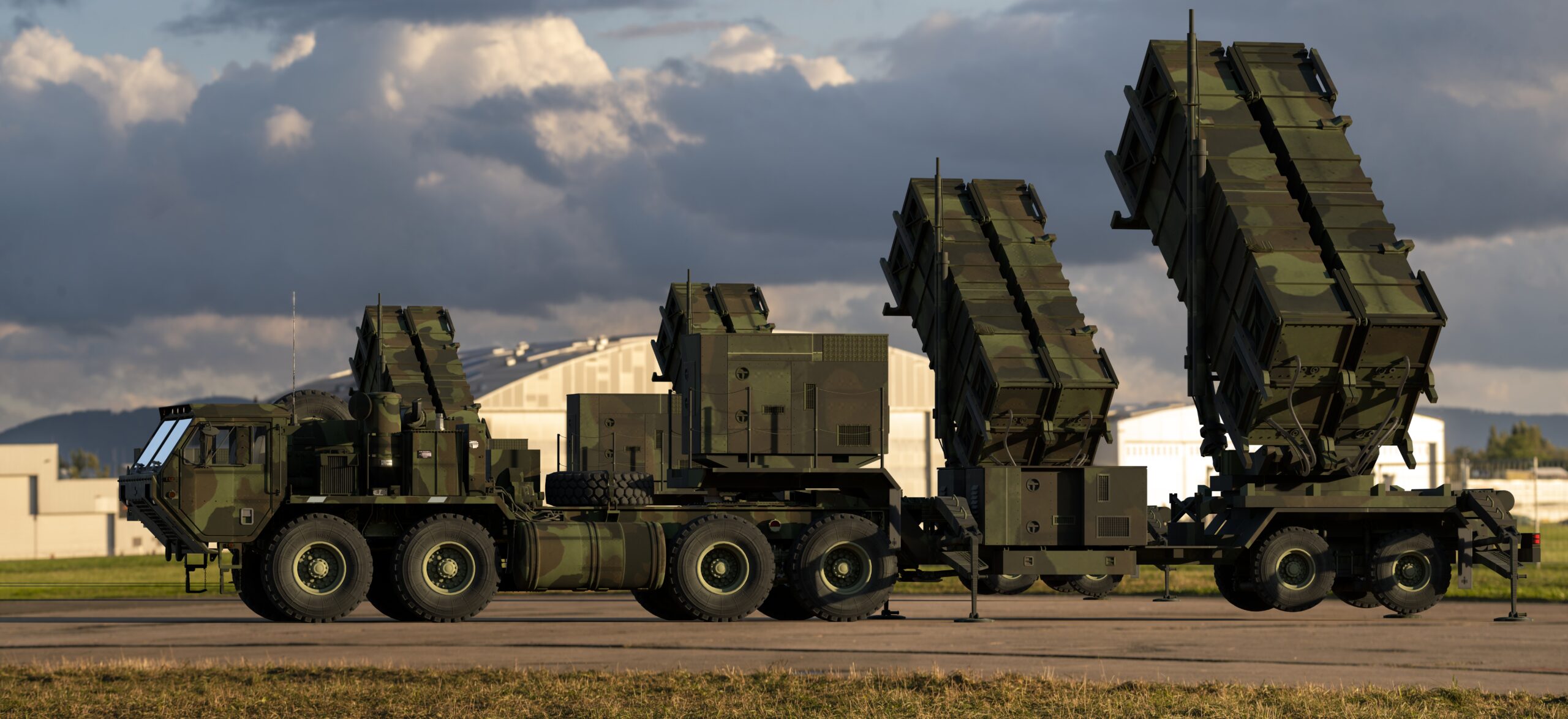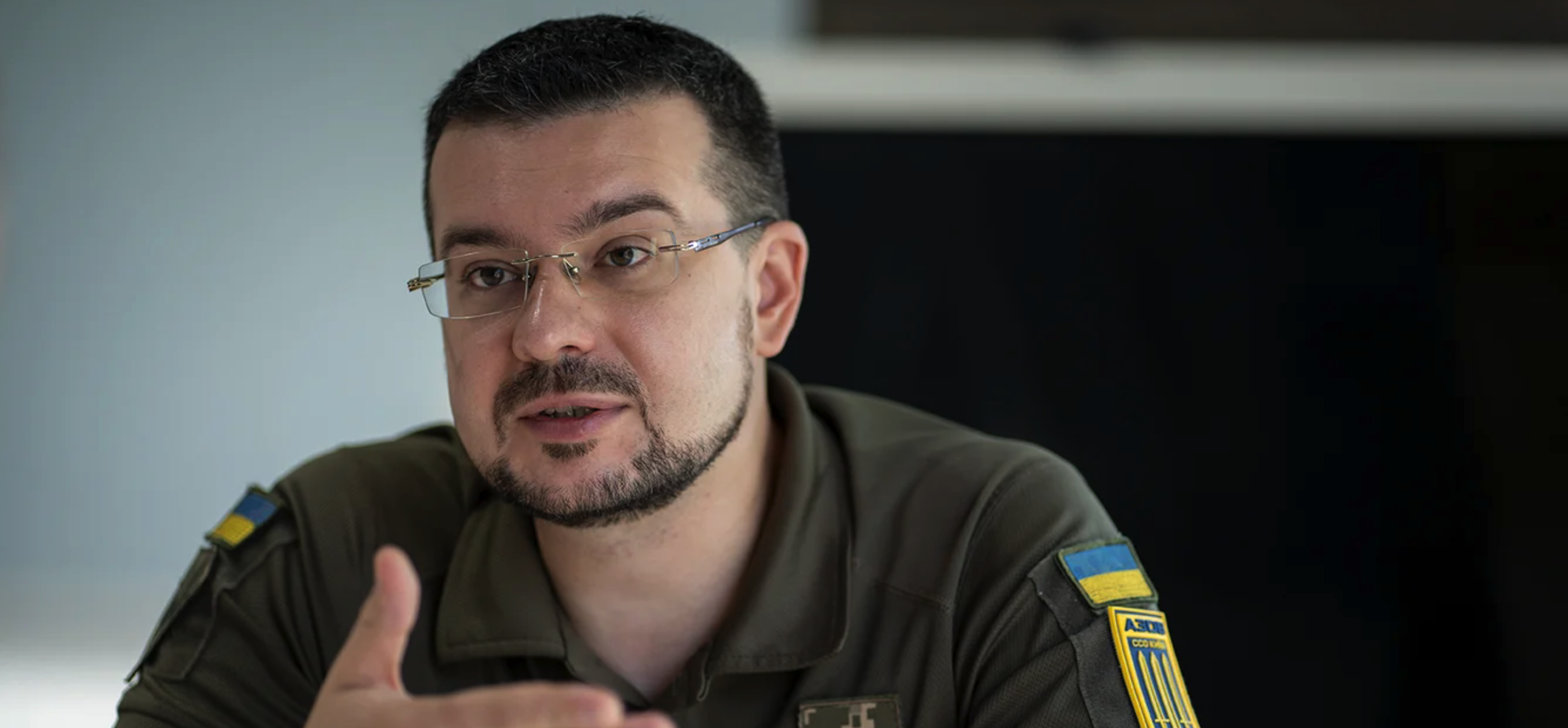
Russia has never honored international agreements about the development and support of indigenous peoples on its territory, including Ukrainians, stated Oleksandr Alf’orov. Alf’orov, the Ukrainian historian and Ukrainian Armed Forces officer, offered this assessment during a lecture entitled: “The Battle for Independence: The History of Ukrainian Statehood”. The important talk was organized by the Ukrainian World Congress in honor of Ukraine’s 33rd anniversary of restored independence.
“In the 1920s, over 20% of the population in the Kursk Region was Ukrainian. However, there was not a single Ukrainian school or library there. So in the 1920s, we were 20% there, but by the late Gorbachev era – 1.7%. Now in Kursk, around 1% identify as Ukrainians,” Alf’orov explained.
Ukrainian speakers in Russia have always experienced discrimination, with the language being referred to as “balachka,” he said [colloquially means “to talk”, “to chat” in Ukrainian; implies that a language or dialect is trivial or inferior – ed.]. “There is Ukrainian language there, but it’s colloquial: they may not be able to write in it, and perhaps not even read. And at the same time, there’s the eternal issue: ‘Ah, you speak Ukrainian – so you must be a hick.’ Or they call it balachka,” Alf’orov continued.
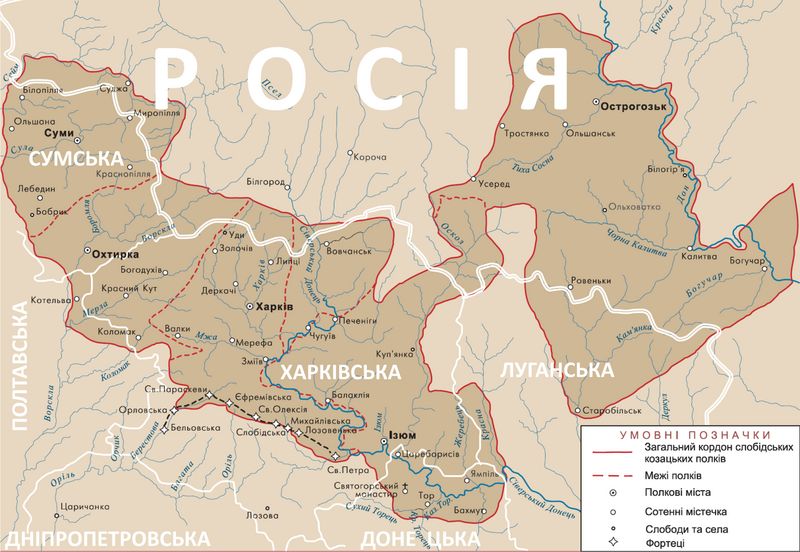 Eastern Slobozhanshchyna on the map. Open sources.
Eastern Slobozhanshchyna on the map. Open sources.
Besides Kursk, there are several other ethnically Ukrainian areas in modern Russia – for example, the Grey Klyn of Southwestern Siberia, as well as Starodubshchyna. “Starodubshchyna is the most interesting ethnic territory, part of the modern Bryansk Region of Russia. This is the Starodub Cossack regiment, a small part of which remained in Ukraine – in Novhorod-Siverskyi [in the north of modern Ukraine – ed.]. This territory was quietly occupied by the Bolsheviks in 1919. The Starodub regiment of Cossack Hetmanate was a regiment with the largest number of Ukrainian elite representatives, almost entirely noble – 15%. All the Skoropadskys [referring to Pavlo Skoropadskyi, the hetman of the Ukrainian State throughout 1918 – ed.], Lesya Ukrainka, and their relatives came from there,” Alf’orov explained.
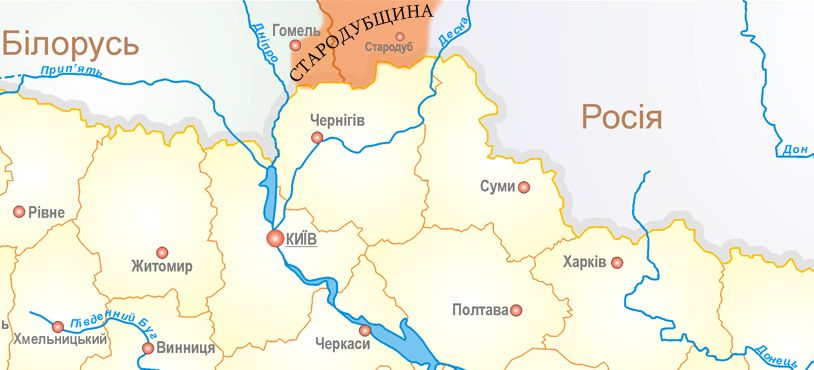 Starodubshchyna on the map. Open sources.
Starodubshchyna on the map. Open sources.
Starodubshchyna is not just about settlers or ethnic territories; it is a region that participated in Ukrainian ethnogenesis and belongs to the period of statehood, the historian emphasized.
Cover: Oleksii Filippov
